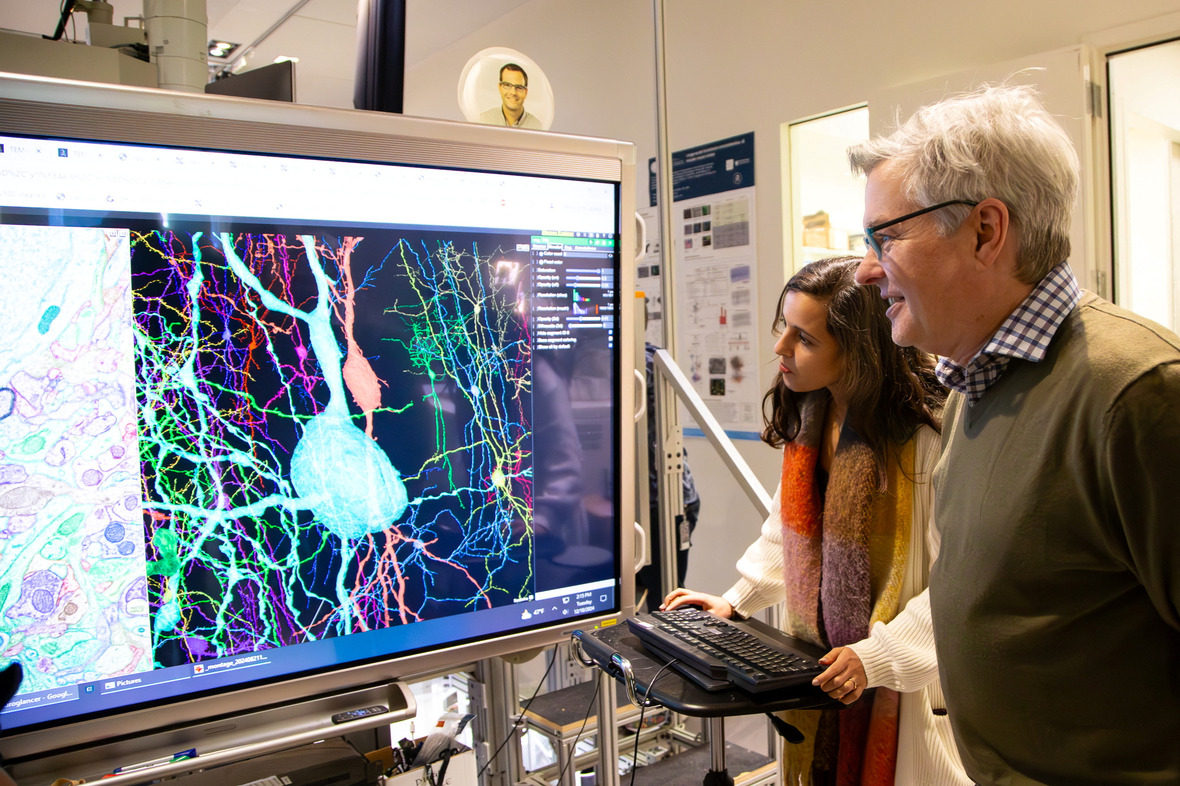In a stunning scientific breakthrough, researchers have created the largest functional brain map ever, and it all started with a mouse watching The Matrix. As part of an innovative study, scientists exposed a mouse to a variety of video clips—including sci-fi movies, sports events, animated sequences, and calming nature scenes—to observe how its brain processes and reacts to complex visual input. The resulting brain map, which astonishingly looks like a galaxy, reveals an intricate network of neuron activity that resembles the swirling patterns often seen in space imagery—beautiful, complex, looks like a galaxy and almost otherworldly.
Also Read: BJP Unveils Trinamool’s Leaked Videos and Chats
Despite its tiny size, roughly equivalent to a poppy seed, the mouse’s brain revealed a world of complexity. Scientists were able to track activity across 84,000 neurons, capturing how these cells communicated through over 500 million synapses. These synapses, which act as junctions between neurons, allowed the team to map out an extraordinary web of brain activity that resembles the swirling, interconnected visuals of galaxies captured by space agencies.
Looks Like a Galaxy, Works Like a Computer
The “branch-like” structures formed by these neural connections weren’t just beautiful—they provided valuable insight into how the brain interprets, categorizes, and responds to the outside world. By analyzing how different regions of the mouse’s brain lit up during various types of footage, the researchers gained a deeper understanding of how sensory information is processed and how neurons coordinate in real time.
This functional brain map marks a significant leap in neuroscience, potentially transforming how we study cognition, memory, learning, and even mental health conditions. What’s especially fascinating is that this map gives scientists a high-resolution view of how a brain behaves in a natural, awake state—rather than under artificial lab conditions.
Also Read: Tahawwur Rana 26/11 Mastermind, to Arrive in India Soon
Just the Beginning of a New Era
Experts believe this work could have wide-reaching impacts, from improving brain-computer interfaces and advancing artificial intelligence to developing better treatments for neurological disorders. By watching a mouse experience something as seemingly simple as a movie, researchers have opened a new window into one of the most complex systems known to science. This isn’t just a step forward in brain mapping—it’s a glimpse into the future of understanding the mind itself.


[…] Also Read:- Largest brain map ever that looks like a galaxy makes people’s jaws drop: ‘Incredibl… […]
[…] Also Read:- Largest brain map ever that looks like a galaxy makes people’s jaws drop: ‘Incredibl… […]